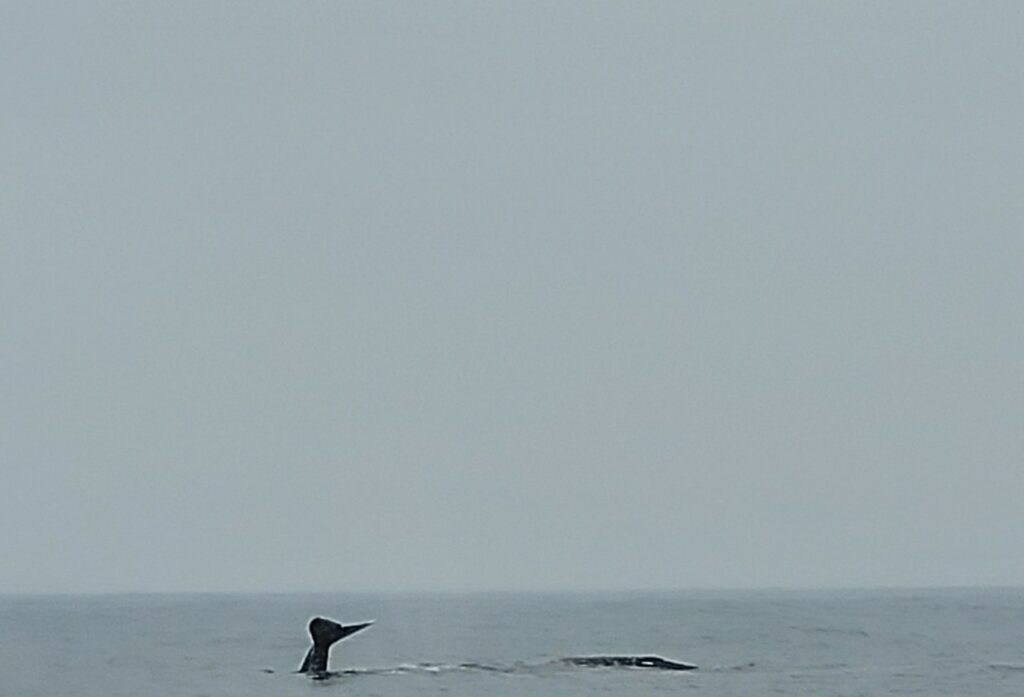Hello Everyone!
Time has been flying by and I wanted to give an update on my Ocean Acidification and Hypoxia Fellowship experience. In my fellowship position (which began in December of 2021) I’ve been working with the water quality assessment program team at Oregon Department of Environmental Quality (DEQ). My primary task in this role is to support the development of water quality assessment methodologies for assessing biological impacts related to Ocean Acidification and Hypoxia (OAH) in Oregon’s marine waters. Once completed, DEQ will use these methodologies to interpret water quality data and report to the Environmental Protection Agency (EPA) on water quality status and trends in Oregon.
2022 was a packed year for me, mainly consisting of coordinating and working with a technical workgroup of OAH research and policy specialists that was convened to assist DEQ in the development of these OAH assessment methodologies. Much of the development process over the last year has been centered around a series of meetings with technical workgroup members to define science and policy questions relevant to this process and synthesize available research and information to help answer those questions. Through this process it has been a pleasure for me to work with such a wide range of leading OAH researchers and experts across the West Coast.
I’m also happy to report that my fellowship has been extended an additional year! So far 2023 has been very different than 2022. This year, the team at DEQ has shifted gears from coordinating and holding meetings with the technical workgroup to drafting the methodologies. We are currently working on two types of documents.
- The first is a technical paper that outlines the rationale, process, and approach DEQ is proposing to take to assess OAH impacts for water quality assessment.
- The second is a set of assessment procedures, these procedures outline the details of how DEQ will process and use data to determine whether impacts to aquatic life are taking place. We are drafting two assessment procedures, one based around understanding impacts related to Ocean Acidification (carbonate chemistry changes affecting shell forming marine species), and another based on impacts related to Hypoxia (changes in low dissolved oxygen conditions).
As these drafts are finalized, they will be going through a series of review processes, including a public comment period this spring, where the documents will be available for the public to review. I’ll be sure to provide updates on the process!



